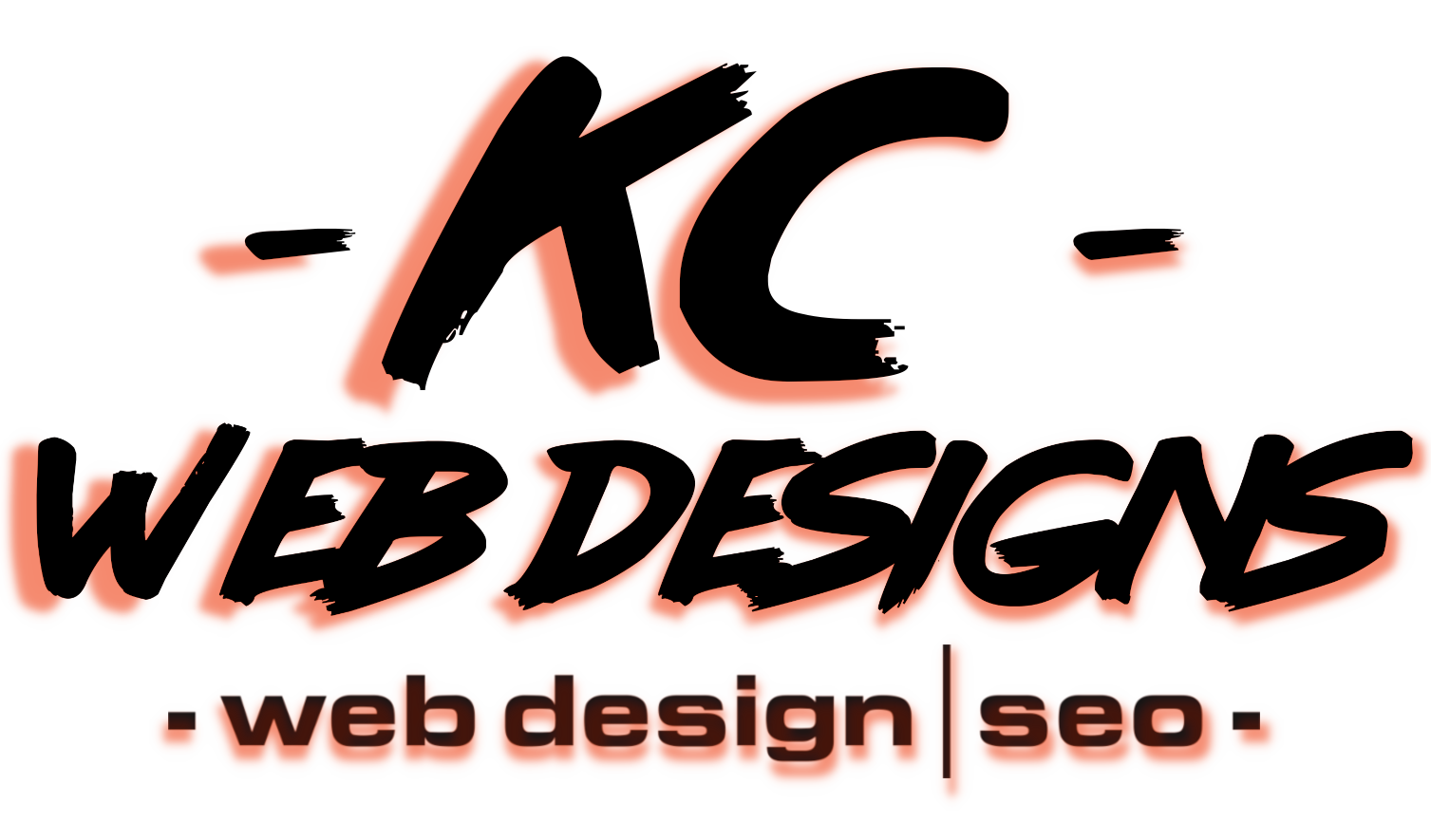From Concept to Click: Effective Web Design Strategies for Small Business Owners
In today’s digital age, a well-crafted website is essential for any small business aiming to make a lasting impression and reach a broader audience. With numerous options available to potential customers searching for local businesses, having a high-quality website design is crucial. Investing wisely in web design services can significantly enhance your business’s visibility and appeal. In this post, we’ll explore practical strategies to create an affordable web design that not only fits your website design budget but also strengthens your foothold in the competitive market. As you consider these strategies, keep in mind how a polished and user-friendly local business website can be the key to attracting and retaining customers.
Understanding Small Business Needs
Small businesses face unique challenges when establishing their online presence. Let’s explore the importance of quality website design and how to set a realistic budget for your web project.
Importance of a Quality Website Design
A quality website design is the cornerstone of your online presence. It’s often the first impression potential customers have of your business, so it needs to be a good one.
Your website should reflect your brand identity and values. A well-designed site fosters trust and credibility with your audience, increasing their likelihood of engagement with your business.
According to Business.com, a professional website can lead to increased customer engagement and higher conversion rates. It’s an investment that can pay off in terms of new customers and increased sales.
Setting a Realistic Website Design Budget
When setting your website design budget, consider your business goals and financial resources. A realistic budget ensures you get the features you need without overspending.
Start by researching the average costs for web design services in your area. Remember, prices can vary depending on the complexity of your site and the designer’s experience.
Consider the long-term value of your website. While it might be tempting to go for the cheapest option, investing in quality design can save you money in the long run by reducing the need for frequent updates or redesigns.
Crafting Your Website’s Visual Appeal
The visual elements of your website play a crucial role in attracting and retaining visitors. Let’s explore the key components of web design services and how to tailor your design to your target audience.
Essential Elements of Web Design Services
Web design services typically encompass several key elements that work together to create an effective online presence.
A clean, professional layout is the foundation of good web design. It should guide visitors’ eyes to important information and calls to action.
A color scheme and typography are crucial for maintaining brand consistency and readability. Select colors that accurately reflect your brand and fonts that are easy to read across various devices.
Network Solutions suggests that high-quality images and graphics can significantly enhance your site’s visual appeal. However, ensure they’re optimized for web use to maintain fast loading times.
Designing for Your Target Audience
Understanding your target audience is key to creating a website that resonates with them.
Research your audience’s preferences, needs, and online behavior. This information can guide your design choices, from color scheme to layout.
Consider creating user personas to represent different segments of your audience. This can help you tailor your design to meet the specific needs and expectations of your users.
Remember, your website should speak directly to your ideal customer. Use language, imagery, and design elements that will appeal to them and address their pain points.
Enhancing User Experience
A great-looking website is only part of the equation. To truly engage visitors and convert them into customers, it is essential to focus on creating a seamless and enjoyable user experience.
Navigation Made Simple
Simple navigation is key to keeping visitors on your site and helping them find what they’re looking for quickly.
Use clear, descriptive labels for your menu items. Avoid jargon or clever names that might confuse users.
Implement a logical site structure. Crawford Design suggests organizing your content into categories and subcategories that make sense to your users.
Consider adding a search function for larger sites. This can help users quickly find specific information, thereby improving their overall experience.
Fast Loading and Mobile-Friendly
In today’s fast-paced digital world, speed and mobile compatibility are essential for a seamless user experience.
Optimize your images and minimize the use of large files to improve loading times. Users are likely to leave a page if it takes too long to load.
Ensure your site is responsive, meaning it looks good and functions well on all devices, from desktop computers to smartphones.
Test your site’s speed and mobile-friendliness regularly to ensure optimal performance. Google provides free tools, such as PageSpeed Insights, to help you identify and fix performance issues.
Maximizing Local Business Reach
For small businesses, reaching local customers is often a top priority. Let’s explore how to optimize your website for local search and find affordable web design options.
SEO Strategies for Small Business Websites
Local SEO can help your business appear in search results when nearby customers are looking for your products or services.
Include your business name, address, and phone number (NAP) on every page of your website. This helps search engines understand your location.
Create content that’s relevant to your local area. This could include blog posts about local events or pages dedicated to the specific neighborhoods you serve.
Encourage customers to leave reviews on your Google My Business profile. Positive reviews can improve your local search rankings and attract more customers.
Affordable Web Design Options
There are numerous affordable web design options available for small businesses with limited budgets.
Website builders like Wix offer templates and drag-and-drop interfaces that make it easy to create a professional-looking site without coding skills.
Consider hiring a freelance web designer. They often offer more competitive rates than large agencies while still providing personalized service.
If you possess some technical skills, you may want to consider using a content management system like WordPress. It offers a good balance of customization and ease of use.
Maintaining and Updating Your Site
Creating a great website is just the beginning. To keep your site compelling and relevant, it is essential to maintain and update it regularly.
Regular Content Updates
Fresh, relevant content keeps your website interesting for visitors and helps with search engine rankings.
Set a schedule for adding new content, whether it’s blog posts, product updates, or news about your business.
Consider creating a content calendar to plan your updates. This can help ensure that you consistently provide valuable information to your audience.
Don’t forget to review and update your existing content periodically. This ensures your information is accurate and demonstrates to visitors that your site is actively maintained.
Monitoring and Analyzing Web Traffic
Understanding how visitors interact with your site is crucial for ongoing improvement and optimization.
Utilize tools like Google Analytics to monitor key metrics, including page views, bounce rate, and average time spent on site.
Pay attention to which pages are most popular and which ones might need improvement. This can guide your content strategy and design updates.
Regularly review your site’s performance and make adjustments based on the data you collect. This could involve tweaking your design, updating your content strategy, or improving your site’s speed and functionality.





